What is dark tourism?
Definition of dark tourism:
‘Tourism that involves travelling to places associated with death and suffering.’
– Google dictionary
Types of dark tourism
There is a lot of debate about how to categorise the different types of dark tourism. These are the ones that I feel most match the kind of dark tourism I am going to talk about in this post.
Poverty tourism: Also known as slum tourism, this type of travel involves visiting economically and socially deprived areas. This type of tourism is common in countries such as Brazil, India and South Africa to name a few.
Grave tourism: This refers to visiting cemeteries and other places of burial. The Paris Catacombs and the Sedlec Ossuary are some of the most famous grave tourism spots. Sometimes, people want to visit to seek out a specific person’s grave, however, in other instances, people just want to visit for the experience. I recently visited Sucre Cemetery in Bolivia to see how it differed from the UK graveyards that I was most familiar with.
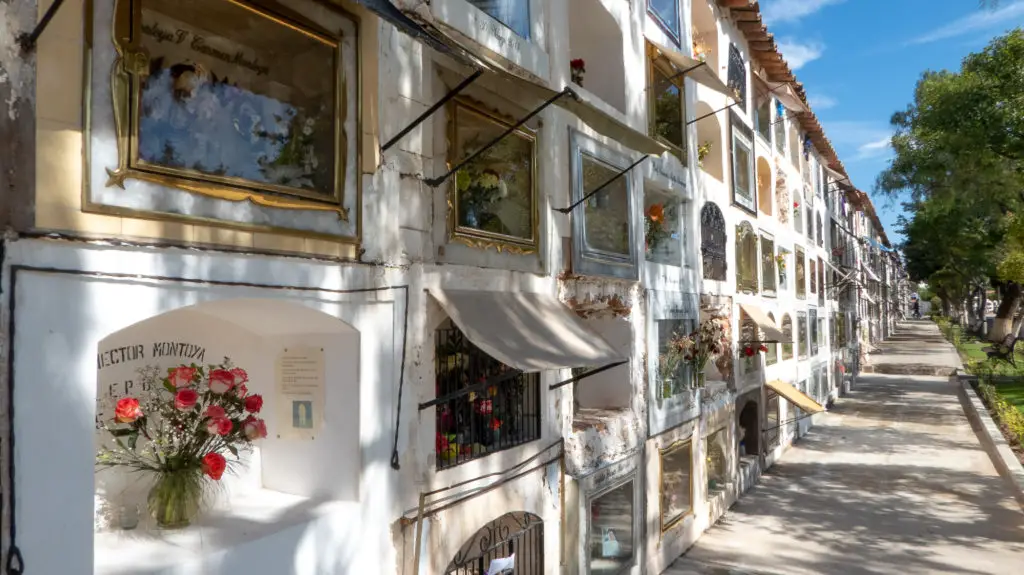
Disaster tourism: Probably one of the most prominent types of dark tourism, this is the one that often springs to mind owing to popular shows such as Chernobyl. This type of dark tourism sees people visit sites where disasters have occurred, be they natural or manmade.
Medical tourism: Medical tourism in this instance does not mean travelling to get surgery but instead to delve into the medical history of a place. Not for the faint of heart, this can often involve gory tales or times gone by and even physical objects to demonstrate how medical procedures used to or still do work.
True crime tourism: This refers to sites which have become of interest owing to their connection with somebody involved in crime. Places which are associated with mass murder or serial killings fall into this category.
There is some overlap between the next three types of dark tourism, as they all stem from conflict.
Holocaust tourism: As you would expect, owing to the huge historical significance of this event, this is one of the most common types of dark tourism. Examples of Holocaust sites would include concentration camps or former ghettos. The number of people visiting Auschwitz is now at it’s highest ever, with 44 million visitors since 1945.
Genocide tourism: Although this could be linked to the above, it is far more wide-reaching and covers any sites which have been affected by the systematic attempt to destroy either a whole or subsection of people.
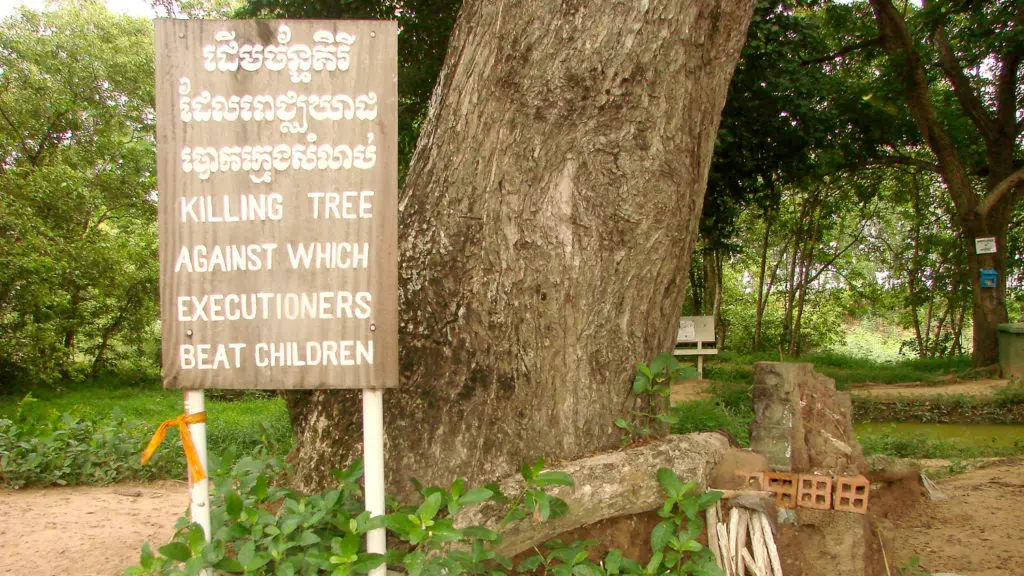
War tourism: In my eyes, war tourism includes any kind of tourism related to war which does not fall into the two categories above. There are thousands of sites that fit into this niche and they are some of the most popular forms of dark tourism, even by people who probably wouldn’t classify themselves as dark tourists.
Is this kind of morbid curiosity normal?
I have been told that being fascinated by death is an unhealthy trait which should not be encouraged. Yet, I find this a very strange view to hold. Without getting too deep and philosophical, there are only two certainties of existence: life and death. In my opinion, it makes perfect sense to be interested in both of these concepts equally, especially as we spend a large portion, if not our entire lives trying to avoid an untimely end.
My first ever visit to a dark tourism site
Coming from a working-class family in rural England, I didn’t grow up jet-setting around the world during the school break. Don’t get me wrong, we had family holidays overseas but money restrictions ensured these were not a regular occurrence. This meant that the vast majority of my early experiences abroad were through school trips.
When I was fourteen, I visited Ypres in Belgium with my classmates. We were studying World War 1 and it was hoped that the visit would not only help us to consolidate our knowledge but also impress upon us, the human devastation behind the pages of our textbooks. We visited the graves of soldiers as well as the trenches that so many of them died in.
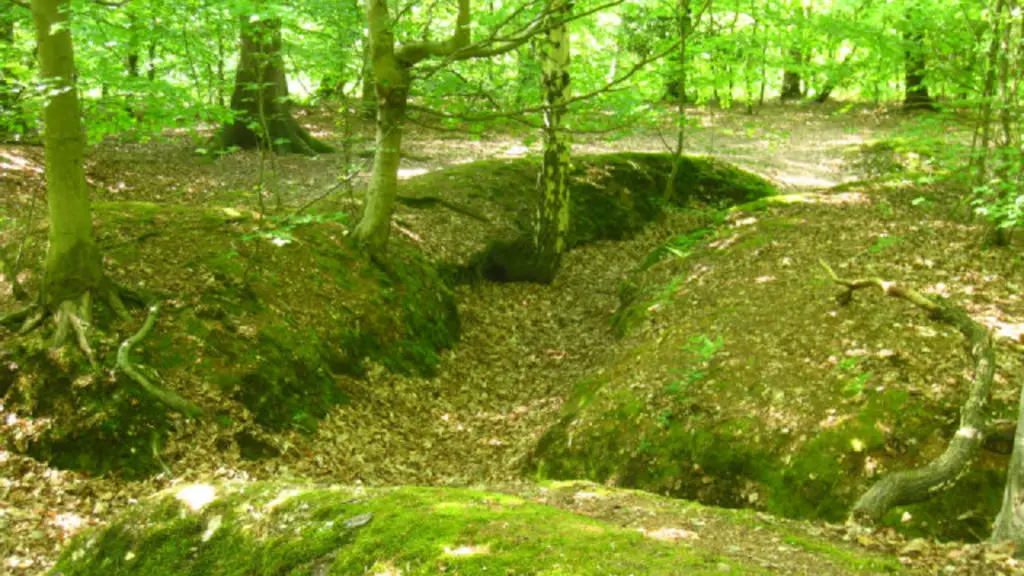
The visit had a profound effect on me, it challenged all of my senses and gave a deeper meaning to everything I had read. It dawned on me that of all the millions that had died, there was a real person behind every name. I found the trip hugely moving and for me, it only impressed the importance of education and why it is so vital to prevent such loss in the future.
Dark tourism: The ethical dilemma
If you follow the media, you will probably know that dark tourism has come under fire in recent years. The increased prevalence of technology and in particular smartphones means that pretty much everyone with the social mobility to travel has easy access to a camera and social media. As photographs of posing tourists at Auschwitz hit the web, a huge row ignited over whether people should ever be allowed to visit sites such as these for tourism purposes.
During my trip to Chernobyl, I saw this play out first hand. As Tim and I walked around the abandoned city of Pripyat and considered the loss of life that occurred, we both snapped away trying to capture the eerie atmosphere of our surroundings. Prior to the visit, I had planned on compiling a photo diary of the trip and obviously, photographs were imperative in order to make that article a reality.
As I crouched down on the snowy ground, aiming my camera northwards, I was tapped on the shoulder by a fellow member of the tour group. ‘Do you think you could get a photo of me with my gas mask on in front of the kindergarten?’ Initially, I was pretty taken aback by this request but not wanting to be rude, I took the photo as asked. ‘That’s great!’ He said, as his smile beamed out through the screen.
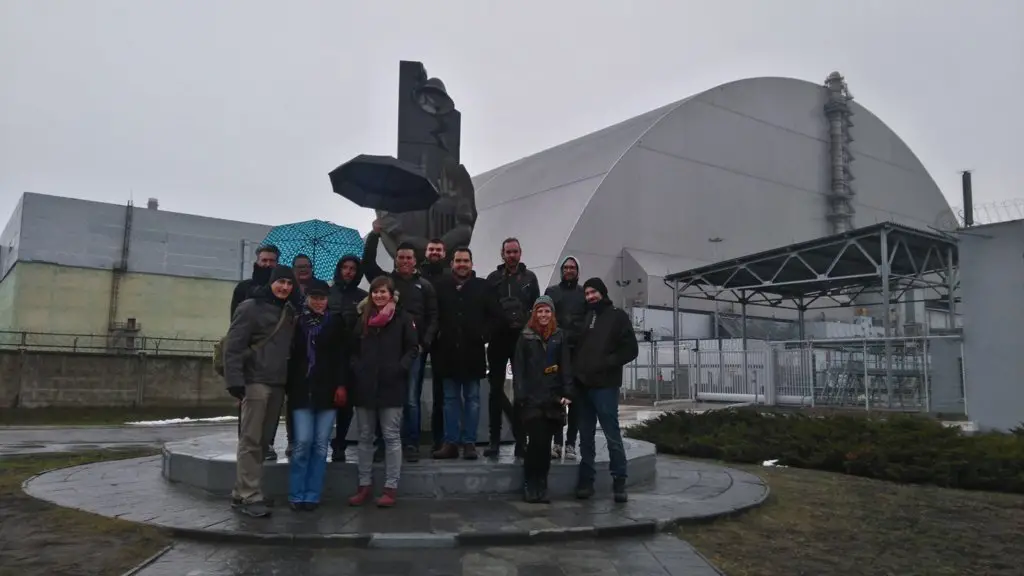
Throughout the visit, this same person and a couple of others stopped every few hundred yards to photograph each other standing in overgrown foliage, near children’s playgrounds and by the infamous Ferris wheel which has stood abandoned for decades. In the photos, people were doing peace signs and smiling. It made me feel uneasy. This feeling only intensified as I overheard people comparing likes on their photos and swapping Instagram handles. Was this okay? It didn’t feel okay.
After arriving at one of our last stops on the tour, the Chernobyl power plant, our tour guide asked us all to get together for a group photo. This is the only photo of me from that day where I agreed to stand and pose. I still don’t know how I feel about it.
Is motivation important?
I feel that through visiting a number of disaster sites and with no plans to stop anytime soon, I have seen both the good and bad sides of dark tourism. In my opinion, it is all about approaching the subject matter with sensitivity. There is something darkly voyeuristic in posing for photos in places which have seen human devastation and there is far more to be gained from visiting a disaster site than pictures.
I won’t lie though, I have posted photographs from my visits to these types of places on social media. As a travel blogger, my aim is to share destinations with others and every post is carefully thought out before publishing. I would like to believe that I have shared these photos in a considerate manner as they feature the landscape and surroundings, not myself. I won’t take selfies in dark tourism sites as I feel that it is disrespectful and diminishes the suffering of those affected.
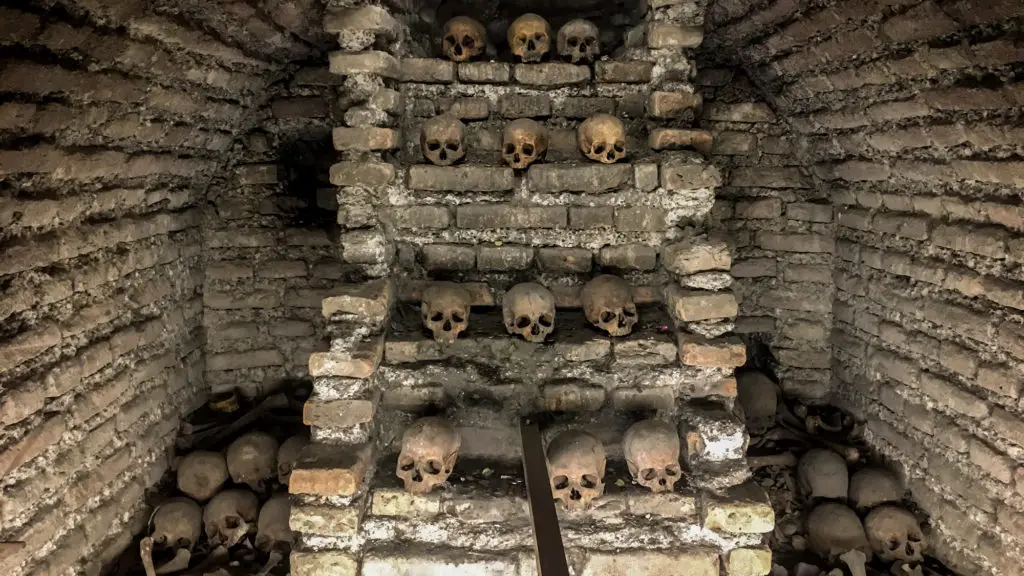
The most important thing to remember is that no matter how interesting or insightful your visit, real people have been or still are affected by the past incident or tourist attraction. That is the reality of what has framed these sites in modern consciousness. Therefore, it is really important to ask yourself whether you are going to these sites to make yourself feel good about your life or to actually learn something. I had to confront this question recently when I visited one of Potosí’s mines.
I strive to honour the memories of these victims and their families by being respectful and endeavouring to learn from past events. A visit to a dark tourism site should be treated as an educational and sombre experience, not one for narcissism.
Is it right that tour companies profit from these disasters?
This is another grey area and one that divides a lot of people. I can definitely see the moral dilemma of running a business that profits as a direct result of a former tragedy. As dark tourism continues to become more popular and mainstream, it could be argued that the authenticity of events is being lost. This is because some tours try to make history appear as shocking as possible to attract more visitors, which is undoubtedly wrong.
However, it could be argued that through bringing visitors to these areas, the tour agencies are facilitating the education of the masses. This means that dark tourists will not only be more historically aware but also more comprehending of the real long-term effects of human devastation. As this type of tourism is so emotionally provocative, it could be argued that cultural and social change is more likely as a result.
It is also important to note that the tourism that these sites bring, can result in substantial revenue for poorer countries. Some companies which profit from the suffering of others, also do what they can to improve conditions or help people who are affected. For example, in Potosí, Bolivia, certain Mine Tour companies will donate a percentage of their sales to the cooperatives who run the mines, to increase safety for those who work there. If people are keen to visit a place because of its dark history or association, it can be argued that tourism is directly facilitating the development of the local community. This is something which can surely be viewed as a positive thing.
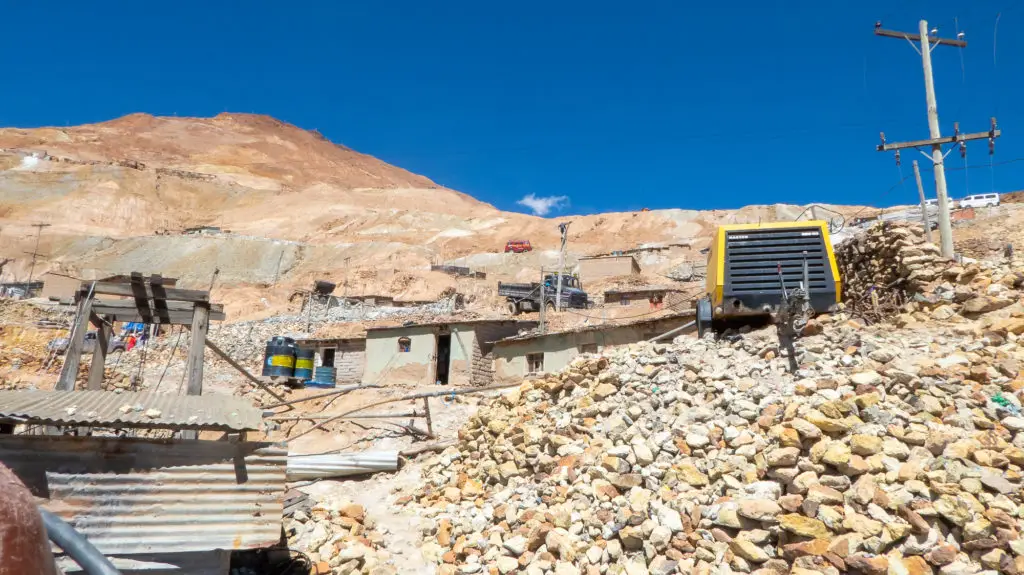
Is dark tourism ethical?
I believe, that if entered into for the right reasons, dark tourism can be an amazing tool for helping us realise the importance of compassion and education. This type of tourism is undoubtedly shocking and upsetting but this makes trips to these kinds of destinations all the more important.
Travel has the power to implement huge positive change within society, but it is important to be aware of your role in it and do your bit to spread the right message.
Visiting sites such as the Killing Fields can be fascinating but it is important to be aware of the human impact behind what you see. For me, this was brought home during my visit to S21 prison (used by the Khmer Rouge in the Cambodian genocide).
During this visit, I was able to meet a survivor. This man had to witness the murder of his entire family at the prison and was himself kept a prisoner for years inside its walls. He was beaten daily and forced to watch his friends being tortured. Now an old man, he continues to return to S21 every day, in hopes that his story will help prevent acts of genocide in the future. I felt so humbled meeting this man and I will always marvel at his bravery.
Dark tourism poses some hard questions for us all and forces us to face up to some of the cruellest acts of mankind. It may be uncomfortable viewing but I haven’t seen many other forms of education affect people so deeply.
I believe passionately, that if we all endeavour to become better people through our travels, we can make a difference to society as a whole and prevent atrocities like the ones discussed in this article in the future. Seeing things as they truly are and learning from the mistakes of the past is surely travel achieving its most pure aim.
The error of our past is the wisdom of our future.
What are your thoughts on visiting dark tourism sites?
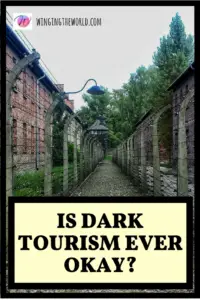
Love it? Pin it! 🙂

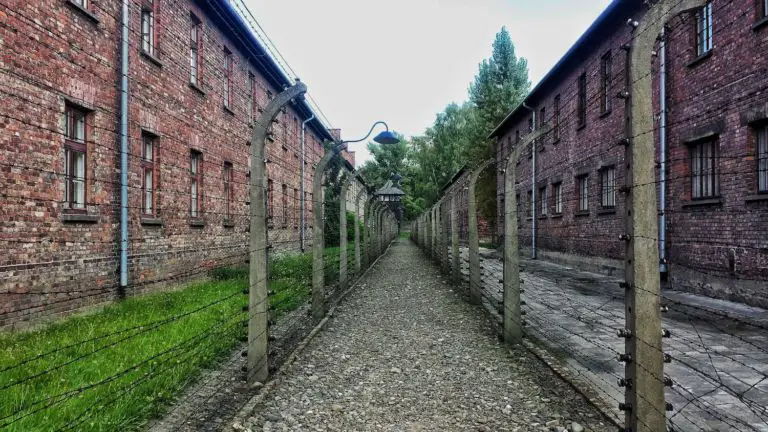
I agree with you about this. I hadn’t heard the term Dark Tourism before, but as soon as I read it it made sense. I think that it can be really important to remember our history, especially when it comes to atrocities. If people didn’t visit these kinds of places then we’re more likely to forget about them.
Having said that, I find it ridiculous when tourists are really insensitive taking smiley selfies or playing pokemon at dark tourist sites. That just seems so wrong.
I’m glad I found this for #FlyawayFriday. It’s a really thought provoking post.
Definitely. People can be really thoughtless and completely lose focus of where they are. Despite this, I don’t think the right answer is to close the doors to these kind of dark tourism sites, we just need to make people aware of the sensitivity required to visit places such as these. Thanks for reading! 🙂
I’m also new to the term dark tourism but have wondered about this topic before so this was a really interesting read! I agree that selfies and other smiling, jovial photos in places like these is disrespectful (and frankly confusing) behavior. I think visiting sites like these is important to facilitate a broader understanding of these tragedies as opposed to pretending they never happened or shying away from them – much like the quote at the end of your post refers to. It’s definitely an issue with many sides. Traveling is about more than just pretty views and the exciting meals/experiences/people you can write home about, so in that regard I would say that most of these sites should host visitors, but the responsibility lies with the visitor to ensure the proper respect and sensitivity is shown.
You’re so right Caity, I couldn’t agree more. I think it is important to show both the good and bad parts of travel, as you said it is definitely an issue with many sides and we’ll only learn if we look at them all.
Personally I’d never heard of it so was a great read. I’ve recently visited Auschwitz and found the lack of respect people had astounding. Guides inform visitors about certain areas and signs are clear about the rules but people don’t seem to care, it seemed to me people wanted the photos (probably to show the world in this grand race of self promotion) rather than learning about the actual events.
Some people will never follow rules sadly so we just have to hope they read blogs like this.
Peace and love 😀
I’d prefer to think that these visitors are forgetting the history of these places (although that would be bad enough) but sadly, I think for many it is a blatant lack of respect. It makes me sad to think people care more about their profile pictures than learning from actual past events. Hopefully, the recent ripples that this topic has made in the mainstream media will help raise awareness on the importance of visiting these places for the right reasons.
I think it’s important to visit these places to remember and also learn from these dark moments in history. I also recently visited S21 and the Choeung Ek KIlling Fields and, at risk of sounding cliched, the visits really had a profound effect on me. That said, I am not comfortable posing at these places, and it is odd to me that people are smiling and posing at these sorts of places. I wish people would visit, learn, and be respectful.
I felt exactly the same after my visit to S21 and the Killing Fields. I completely agree with what you’ve said, I find it very strange that people would want to take smiling selfies in places like this.
Dark tourism is not a good thing at all and puts travellers who truly want to respect these sites painted by the same brush. I witnessed such behaviour at Gallipoli with a laughing tourist in such a somber place. It is an important issue that you have covered here. Thanks for coming out on Fly Away Friday! Hope to see you this week!
I don’t think we can simply boycott these places because some people give the rest of us a bad name. Sadly, there will always be travellers who are disrespectful, no matter where you go. In my opinion, we don’t tackle the issue by avoiding these places. We need to instead educate visitors to understand the history behind the photos and learn from what they see.
I love dark tourism. I find it fascinating, but also quite sobering. I think it’s important to visit these types of sites and remember why they happened so that we can learn from them going forward. Unfortunately, yes, some people suck and give other visitors a bad reputation. I struggle with the whole photo thing, as well. I never used to take photos at these sites, then at uni I did my dissertation on how memorial sites in Cambodia have affected cultural heritage and I had to take photos of sites all over the country for my dissertation. Which was really hard for me. Now, as a blogger, I’m far more used to it. But I don’t typically take photos of myself in the sites, and I would definitely never dream of some of the photos people take – like giving thumbs up or smiley peace signs, or when people look fake sad while standing in front of a massacre memorial. It’s really horrible. It makes you wonder how much they actually take in while visiting these places. I still think they are important, though, and I’m glad they exist!
I definitely agree. The photo thing is a big quandary and I am always afraid of being associated with those people who take selfies or other insensitive snaps. I totally agree with you that these kinds of sites are important though, as long as we learn from them. Thanks for reading!
It’s important to remember and be respectful…
I completely agree. In my opinion, it all comes down to your motivation. We should definitely remember but it is so important to see these sites as more than a ‘cool’ place to go.
Your article is brilliant and really thought provoking. It is really important that these places are available for people to visit , the main reason being that these atrocities must never be forgotten. However, the selfie thing is seriously disrespectful and that should totally not be allowed. Maybe they should not let mobile phones and cameras in and people could buy official pictures. In terms of making money, ethically they should use what they need to be able to maintain the place and the rest should be given to a charity linked to that particular event.
Thanks so much for your comments Sophie! I completely agree with everything you have said. Selfies are a definite no-no in my opinion, although I don’t see anything wrong with people taking other kinds of photos. It is a hard thing to police for sure though, so maybe selling official pictures isn’t such a bad way to go.
Love your idea about giving to a relevant charity too. I am not sure how many dark tourism sites do that but I definitely think it gives a place more credibility and reminds people about the real consequences of the incident or disaster. Thanks for reading!
Your article was amazing! It helped me understand a lot about dark tourism and learn not to follow stereotypes. Thank you for such an amazing read. I am planning to write something on dark tourism. You have inspired me. Thank-you!